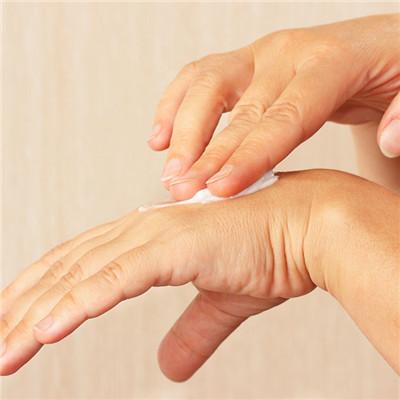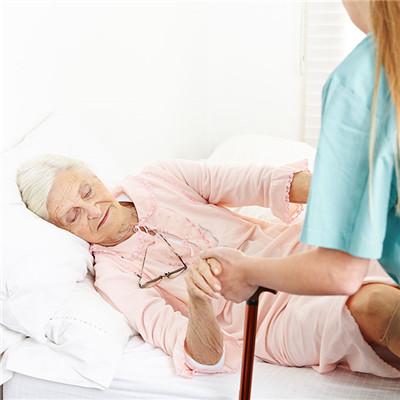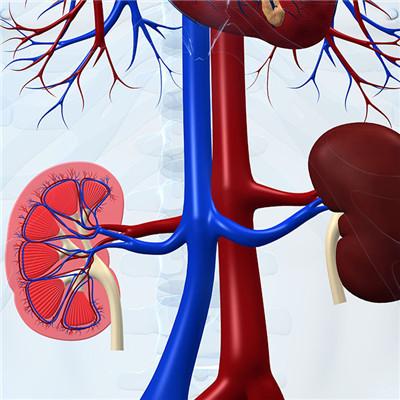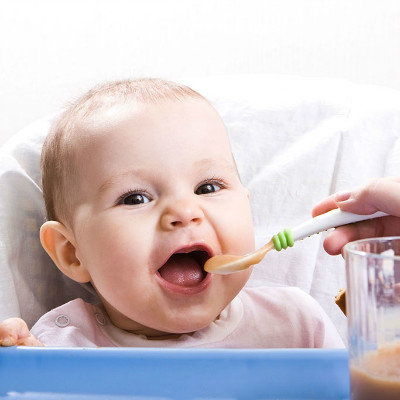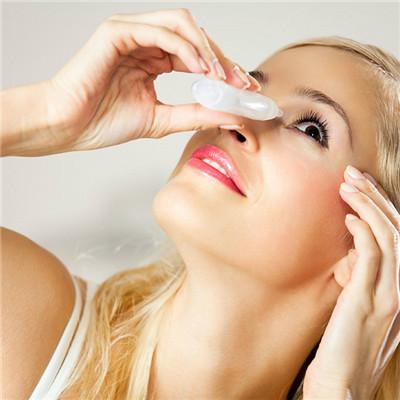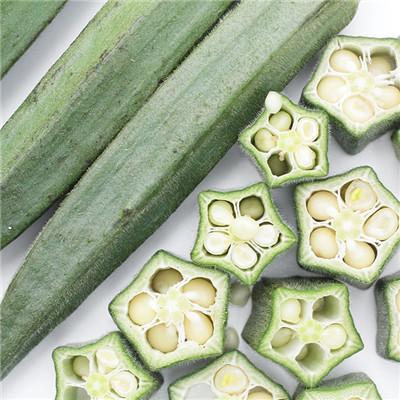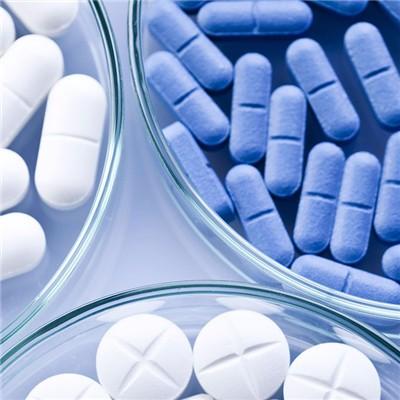Symptoms of acute keratitis in children
summary
Acute keratitis in children is a serious eye disease, which is one of the main causes of blindness. There are many causes of keratitis in children, trauma, other eye or systemic infectious diseases may lead to corneal infection, and the pathogens causing corneal infection can be bacteria, mold or virus, individual cases are caused by allergic reactions, so we must distinguish the causes and treat the causes. The symptom of children acute keratitis tells everybody.
Symptoms of acute keratitis in children
For children suffering from keratitis, because the corneal epithelium contains rich sensory nerve endings, they are particularly sensitive to the symptoms. Pain, strong foreign body sensation, fear of strong light, tears and inability to open eyes are the common chief complaints. Sometimes children will feel that their vision has declined and they can't see clearly.
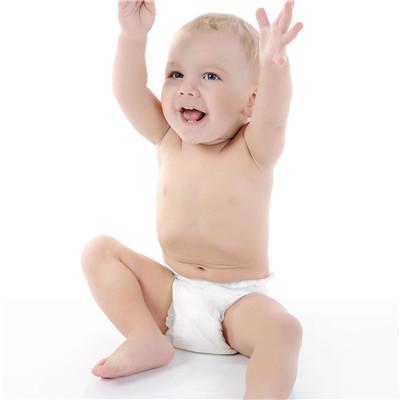
Generally speaking, keratitis often combined with many other symptoms, such as causing corneal congestion, redness, edema, etc., the most serious sequelae is leading to corneal ulcer, corneal perforation, so that microorganisms invade the eye, causing endophthalmitis and blindness, therefore, the children's parents have to be careful.
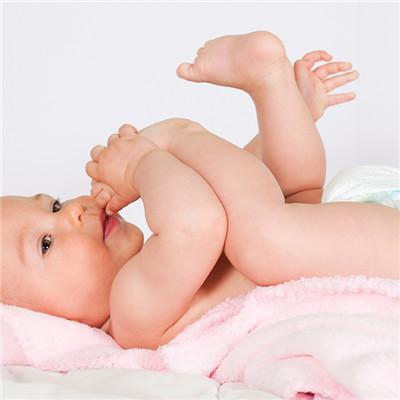
In addition to paralytic keratitis, most children with keratitis have severe inflammatory symptoms, such as pain, shyness, tears and blepharospasm. This is because the trigeminal nerve endings in the cornea are stimulated by inflammation, which causes reflex orbicularis oculi muscle contraction and excessive tear secretion. There is no vascular tissue in the corneal system, but the adjacent area is rich in blood vessels. When inflammation involves the adjacent tissue, there is congestion and inflammatory exudation. Therefore, children with keratitis have not only ciliary hyperemia, but also iris hyperemia. The latter showed iris discoloration and pupil narrowing. In severe cases, bulbar conjunctiva and even eyelid edema will occur. Because of the congestion of corneoscleral limbus, the white blood cells move to the corneal focus and the corneal infiltration occurs. When the keratitis to the degenerative stage, the clinical irritation symptoms are greatly reduced.

matters needing attention
1. Hot compress: it can dilate the blood vessels of the eyes, relieve the stagnation, promote the blood flow, and make the ulcer recover quickly. 2. Flushing: if there are many secretions, normal saline or 3% boric acid solution can be used to flush the conjunctival sac three or more times a day, so as to flush out secretions, necrotic tissues, bacteria and toxins produced by bacteria. In this way, not only the factors of infection expansion can be reduced, but also the concentration of local application can be ensured. 3. Mydriasis: atropine is the main and commonly used drug. The concentration of atropine is 0.25-2% solution or ointment. Drop and apply it 1-2 times a day (pay attention to press the lacrimal sac after dropping to avoid excessive absorption of the solution by the mucous membrane and causing poisoning).

